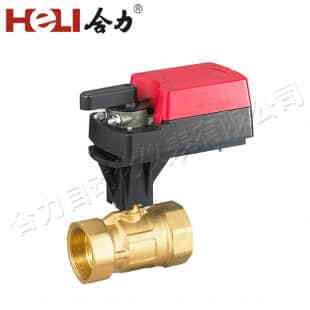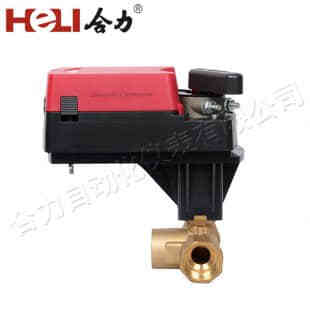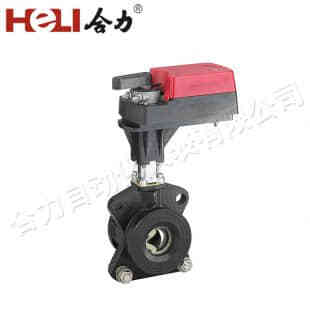Damper actuators are essential components used in heating, ventilation, and air conditioning (HVAC) systems. They play a crucial role in regulating airflow and maintaining the desired temperature and air quality in residential, commercial, and industrial buildings. This article delves into the function, types, and importance of damper actuators in HVAC applications, highlighting their impact on energy efficiency, comfort, and system performance.

What is a Damper Actuator?

A damper actuator is a device responsible for controlling the position of a damper within an HVAC system. Dampers are mechanical devices installed within air ducts or ventilation systems to control the flow of air. They can be adjusted to open or close, allowing air to be directed, restricted, or completely blocked from moving through certain parts of the system. Damper actuators are typically electric, pneumatic, or hydraulic, and they respond to signals from the HVAC control system to automatically adjust the damper positions based on the system’s requirements. The Function of Damper Actuators
